Working with antique wood
Debbie Downer
14 years ago
Related Stories

DECORATING GUIDESHow to Make Wood Tones Work for You
Avoid the ski lodge look by using the rule of three, creating texture, adding pattern and more to expertly mix wood types
Full Story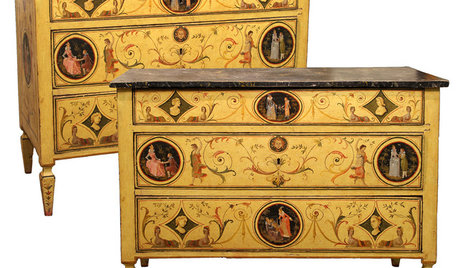
ANTIQUESDecorating With Antiques: Painted Furniture Brings the Eye Candy
Too much brown got you down? Lighten up with antique furniture decorated with artistic designs or awash in a lovely hue
Full Story
HOUZZ TOURSMy Houzz: Art and Antiques Complement a Brooklyn Brownstone
A creative couple use a mix of contemporary and vintage pieces to highlight their home’s classic architectural style
Full Story
ECLECTIC HOMESHouzz Tour: Antique Meets Industrial in a Colorado Cottage
Satisfying historic requirements and family needs, a second-story addition blends styles with ease
Full Story
RUGSOn Trend: Antique Rugs to Dye For
Saturate a well-worn Turkish rug with vibrant colors, and what do you get? A floor covering that celebrates old and new
Full Story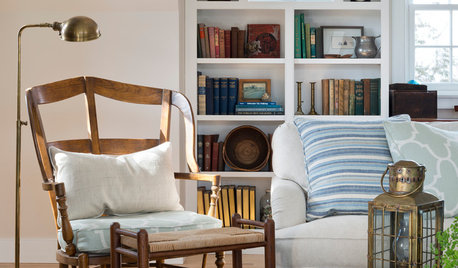
FURNITURESmart Shopper: How to Judge Antique Furniture Quality
Pick the treasures from the trash without expert experience by learning how to evaluate antiques and what questions to ask
Full Story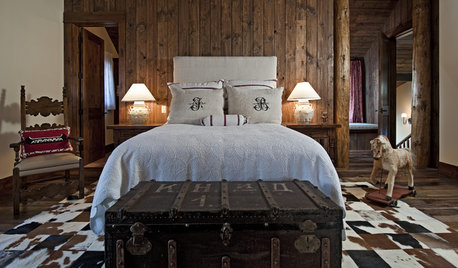
DECORATING GUIDESDecorating With Antiques: Chests, Dressers and Buffets
Pretty, practical and versatile, antique chests add history and character along with storage
Full Story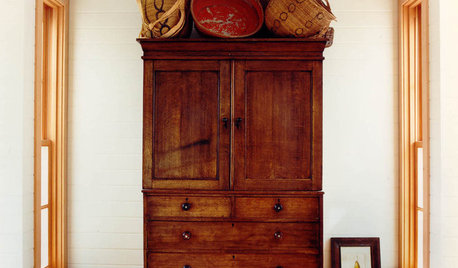
DECORATING GUIDESA Beginner's Mini Guide to Buying Antiques
Experience the thrill of the hunt without ignorance ruining the spoils, with this guide to antiquing for novice buyers
Full Story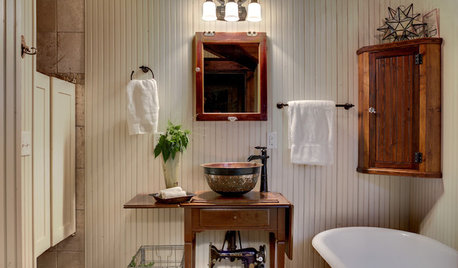
VINTAGE STYLEAntique Sewing Machines: Tailor Made for Nostalgic Decor
In full-on vintage rooms or contrasting modern looks, old sewing machines and tables are stirring up the past in a most stylish way
Full Story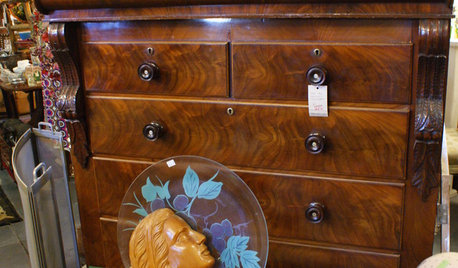
FURNITUREHow to Find Great Antiques Near You
Experience the thrill of the hunt with these tips for finding the best sources of antiques in your area
Full StoryMore Discussions






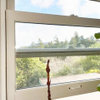


User
mike_kaiser_gw
Related Professionals
Livingston Cabinets & Cabinetry · Marco Island Cabinets & Cabinetry · Newcastle Cabinets & Cabinetry · Orland Park Carpenters · Palmetto Bay Carpenters · St. Johns Carpenters · Tucson Carpenters · Ballwin Flooring Contractors · Beacon Flooring Contractors · Brandon Flooring Contractors · Carlisle Flooring Contractors · Eastvale Flooring Contractors · Carlsbad Furniture & Accessories · Champlin Furniture & Accessories · Robbinsdale Furniture & Accessoriesbobismyuncle
Debbie DownerOriginal Author
brickeyee
Jon1270
brickeyee
sombreuil_mongrel
karinl